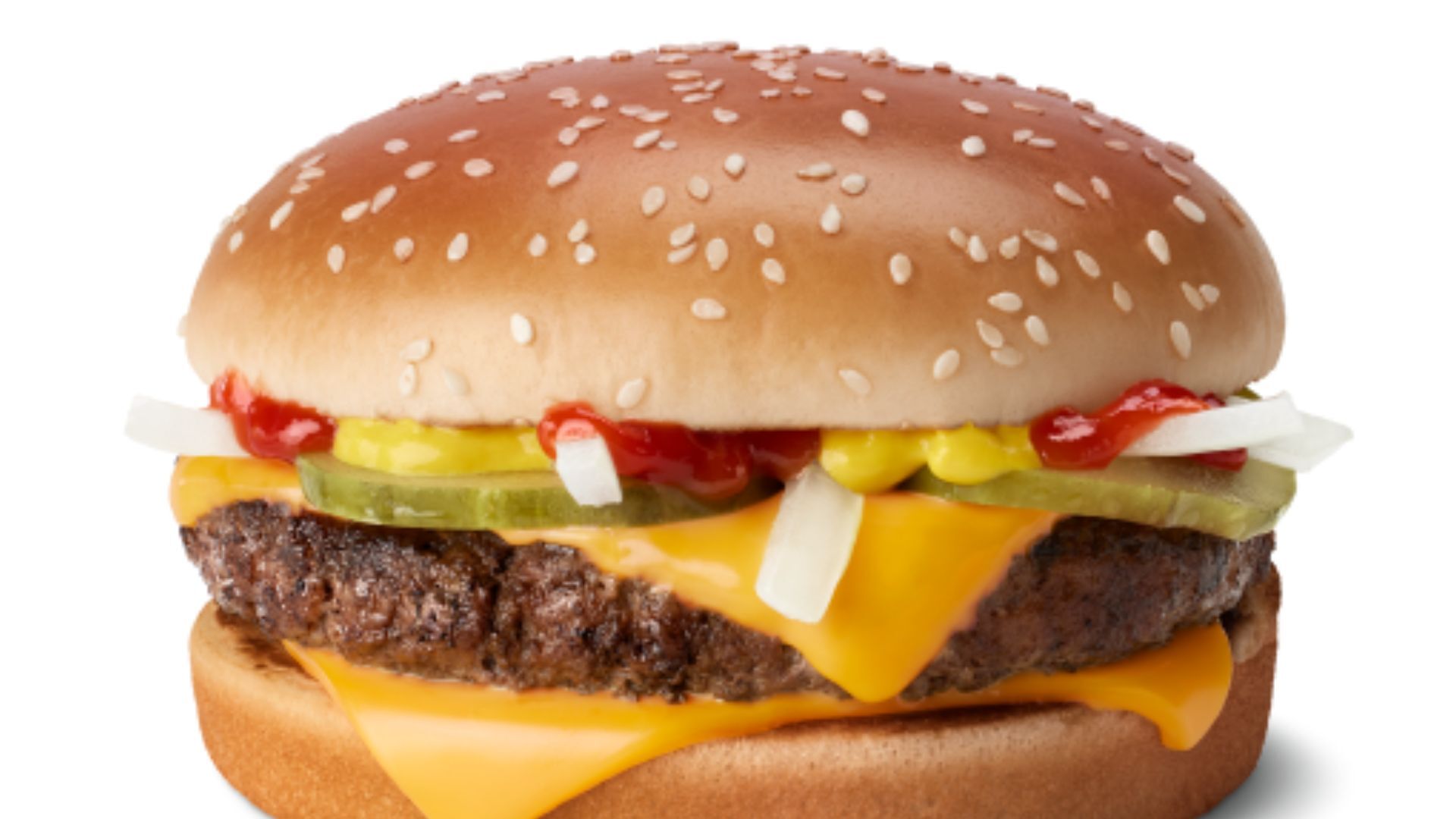Energies, Vol. 16, Pages 3017: Statistical Optimization of Chemo Sonic Liquefaction in Macroalgae for Biohydrogen Generation—An Energy-Effective Approach
Energies doi: 10.3390/en16073017
Authors: Shabarish Shankaran Tamilarasan Karuppiah Rajesh Banu Jeyakumar Godvin Sharmila Vincent
In this study, a combined pretreatment method of sonication and alkali (KOH) liquefaction (SAL) was used to increase the production of biohydrogen from macroalgae (Chaetomorpha antennina) in an energy-efficient manner. Sonication liquefaction (SL) was accomplished by varying the sonic intensities from 10% to 70% and the pretreatment time from 5 to 60 min. The ideal liquefaction conditions in SL were determined to be 50% for sonic intensity, and 30 min of pretreatment time which produces liquefied organics (LO) release of 2650 mg/L. By adjusting the pH of the alkali (KOH) from 8 to 12, SAL was carried out under SL optimal conditions. With a liquefaction efficiency of 24.61% and LO release of 3200 mg/L, pH 11 was the best for effective macroalgal liquefaction in SAL. SAL (4500 kJ/kg TS) consumed less ultrasonic specific energy (USE) than SL (9000 kJ/kg TS). More VFA was produced in SAL (2160 mg/L) than SL (1070 mg/L). Compared to SL (120 mL H2/g COD/ 0.005 moles of H2 /g COD), SAL produced the most biohydrogen of 141 mL H2/g COD / 0.006 moles of H2/g COD. The combined pretreatment (SAL) increases the LO release, which ultimately results in an additional 15% increment in biohydrogen production compared to the SL, along with 44.4% of energy savings. Overall, SAL was determined to be energy efficient in biohydrogen production.

 1 year ago
35
1 year ago
35


